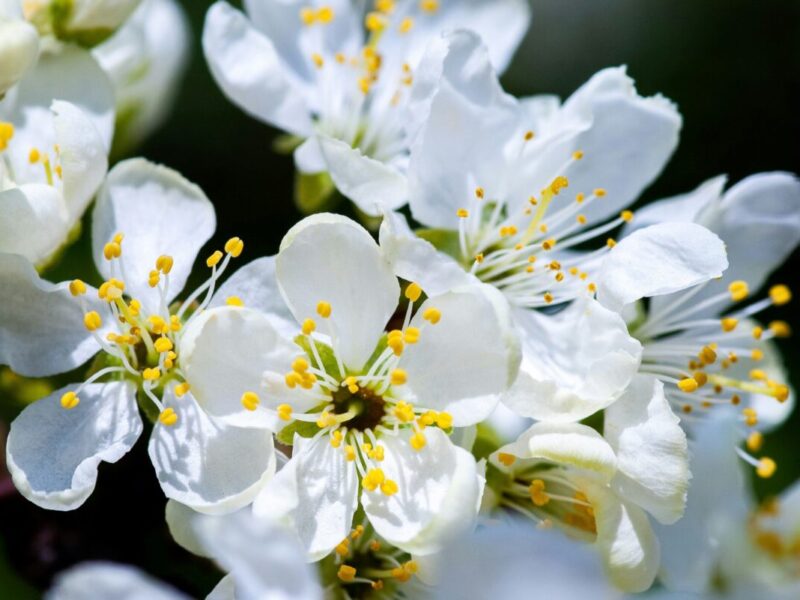Seasons in Verse: A Poem for Each Month of the Year
From the chilly, quiet vibes of January to the sprawling warmth of June, and through the golden hues of October, we’re matching each month with a poem that captures its vibe. This post is like a playlist for the seasons, where words paint the pictures of life’s changing scenes. Join us on this journey through “Seasons in Verse,” where poetry meets the rhythm of time, and every month’s got its own story to tell.
January: “Winter Trees” by William Carlos Williams
As January blankets the world in frosty quietude, William Carlos Williams’ “Winter Trees” resonates with the stark beauty of bare branches against a cold sky. Williams’ poem captures the essence of the month, where nature rests, stripped of its vibrant hues, inviting contemplation and introspection.
February: “A Glimpse” by Walt Whitman
Walt Whitman’s “A Glimpse” aligns seamlessly with the duality of February’s chilly weather and themes of romance. The poem explores the fleeting moments of love and connection, echoing the sentiment of Valentine’s Day. Whitman’s verses mirror the tender balance between winter’s grip and the warmth of budding affections.
March: “Lines Written in Early Spring” by William Wordsworth
During March, a harbinger of spring, William Wordsworth’s “Lines Written in Early Spring” unfolds like the first blooms. The poet celebrates the rejuvenation of nature, mirroring the rebirth of life after winter. March emerges as a transitional phase, a poetic canvas for the palette of burgeoning life.
April: “April Rain Song” by Langston Hughes
Langston Hughes’ “April Rain Song” dances with the rhythmic patter of raindrops, encapsulating April’s showers. The poem’s vivid imagery and musical cadence capture the essence of spring’s arrival, offering a melodic ode to the rejuvenating rains that coax life from the earth.
May: “Mayflies” by Richard Wilbur
In May, as nature bursts into full bloom, Richard Wilbur’s “Mayflies” takes flight. The poem mirrors the ephemeral nature of May, encapsulating the delicate beauty and transient joy that characterizes this vibrant month of growth and renewal.
June: “The Summer Day” by Mary Oliver
As June bathes the world in the warmth of the sun, Mary Oliver’s “The Summer Day” beckons us to appreciate life’s simple pleasures. The poem encourages reflection and gratitude, aligning perfectly with the unhurried days of summer when time seems to pause for contemplation.
July: “A Song in the Front Yard” by Gwendolyn Brooks
In the heat of July, we turn to the vibrant verses of Gwendolyn Brooks and her poem “A Song in the Front Yard.” Brooks, a master of capturing the complexities of life, invites us to explore the dichotomies within ourselves and our surroundings. As the summer day unfolds, her words resonate with the desire to break free and savor the richness beyond the conventional, much like the yearning expressed in the poem’s lines.
August: “To Autumn” by John Keats
John Keats’ “To Autumn” gracefully unfolds as a poetic tapestry of the season, aligning with August’s waning days. The poem’s rich imagery of harvest and ripening fruits encapsulates the bittersweet beauty of late summer, a precursor to the inevitable arrival of fall.
September: “September 1, 1939” by W.H. Auden
For September, we immerse ourselves in another world with “September 1, 1939.” Auden’s introspective piece delves into the complexities of the human experience, touching on themes of hunger, despair, and love. As the month ushers in a season of change, Auden’s verses provide a poignant backdrop for reflecting on the evolving world and the resilience needed to navigate it.
October: “October” by Robert Frost
In the amber glow of October, Robert Frost’s aptly named “October” captures the essence of the season. The poem’s vivid imagery of falling leaves and the quiet beauty of autumn landscapes mirrors the atmospheric richness that defines this golden month.
November: “The Darkling Thrush” by Thomas Hardy
As November ushers in the twilight of the year, Thomas Hardy’s “The Darkling Thrush” echoes the bittersweet reflection on the passage of time. The poem encapsulates the transition from the old to the new, offering a poignant meditation on the turning of the calendar.
December: “The Snow Fairy” by Claude McKay
In the quiet realm of December, we are whisked away by Claude McKay’s “The Snow Fairy.” McKay, a luminary of the Harlem Renaissance, invites us into a winter wonderland where the ethereal Snow Fairy dances amidst the silent flakes. As December unfolds, McKay’s verses become a lyrical journey, conjuring the magic of snowfall and the delicate beauty that blankets the world. Through his words, we find ourselves entranced by the grace of the Snow Fairy, echoing the serene enchantment of December’s snowy embrace.
In this poetic journey through the months, each poem becomes a unique lens through which we perceive the changing seasons, capturing the spirit and essence of each moment in the eternal dance of time.




